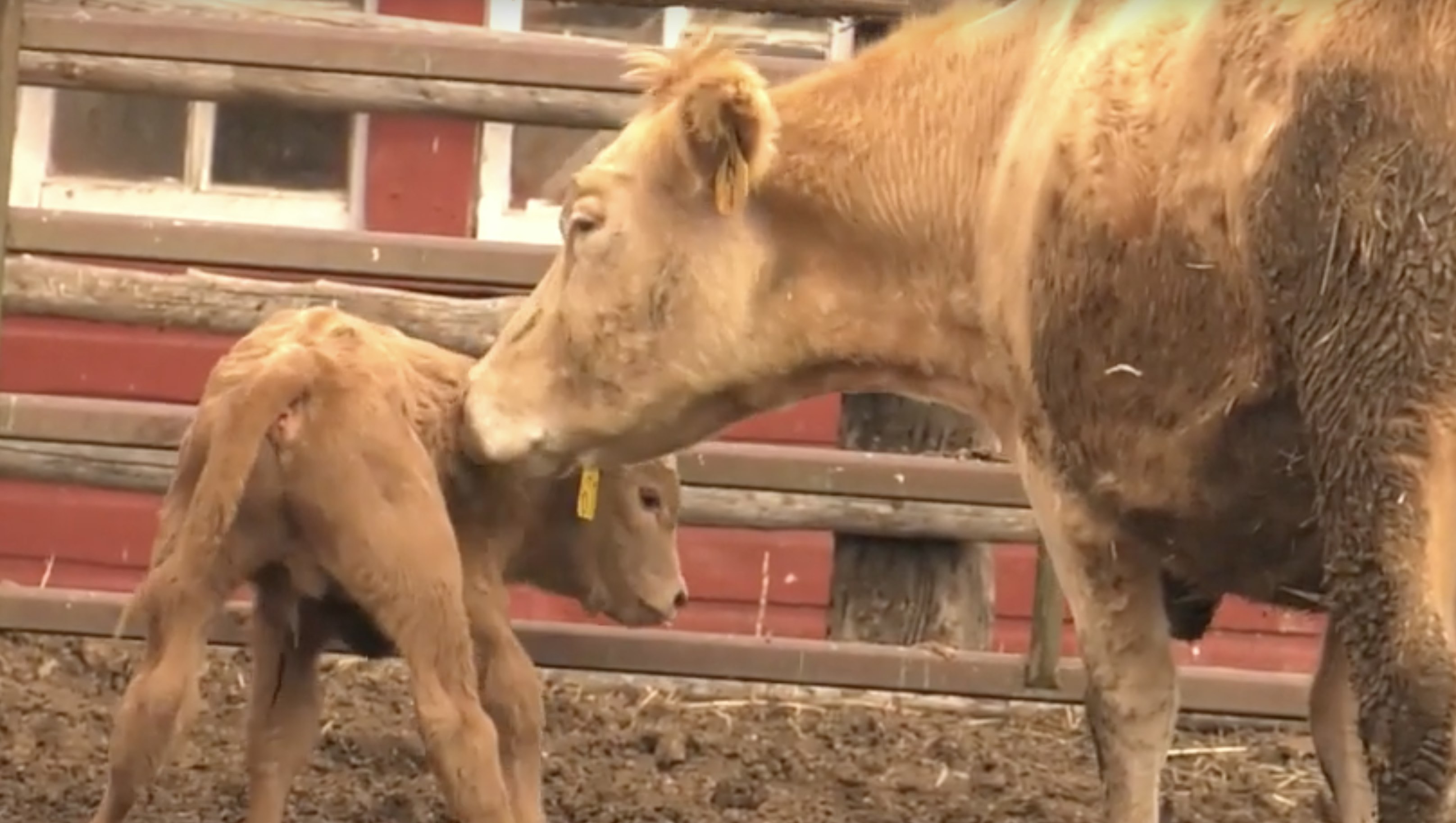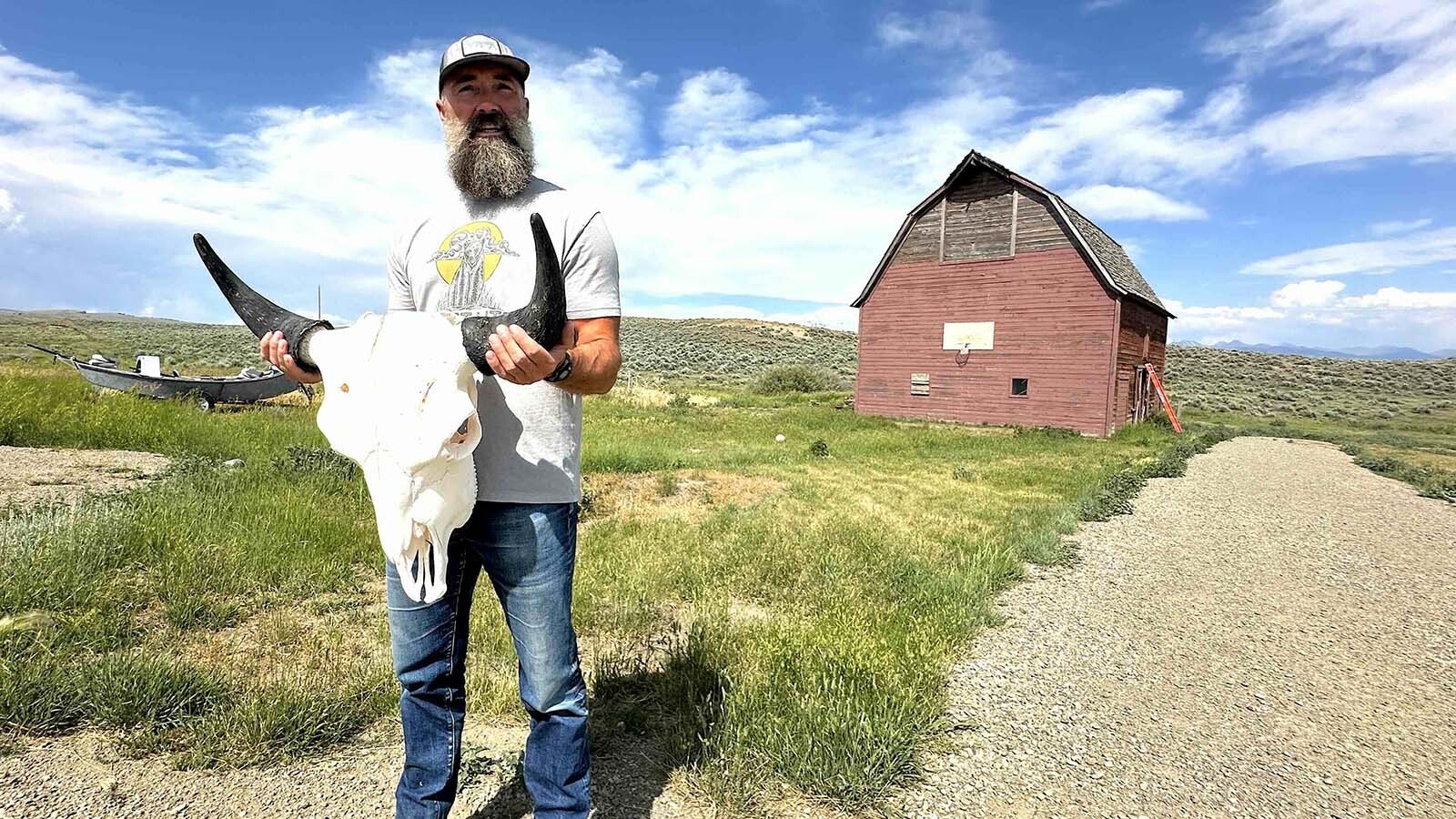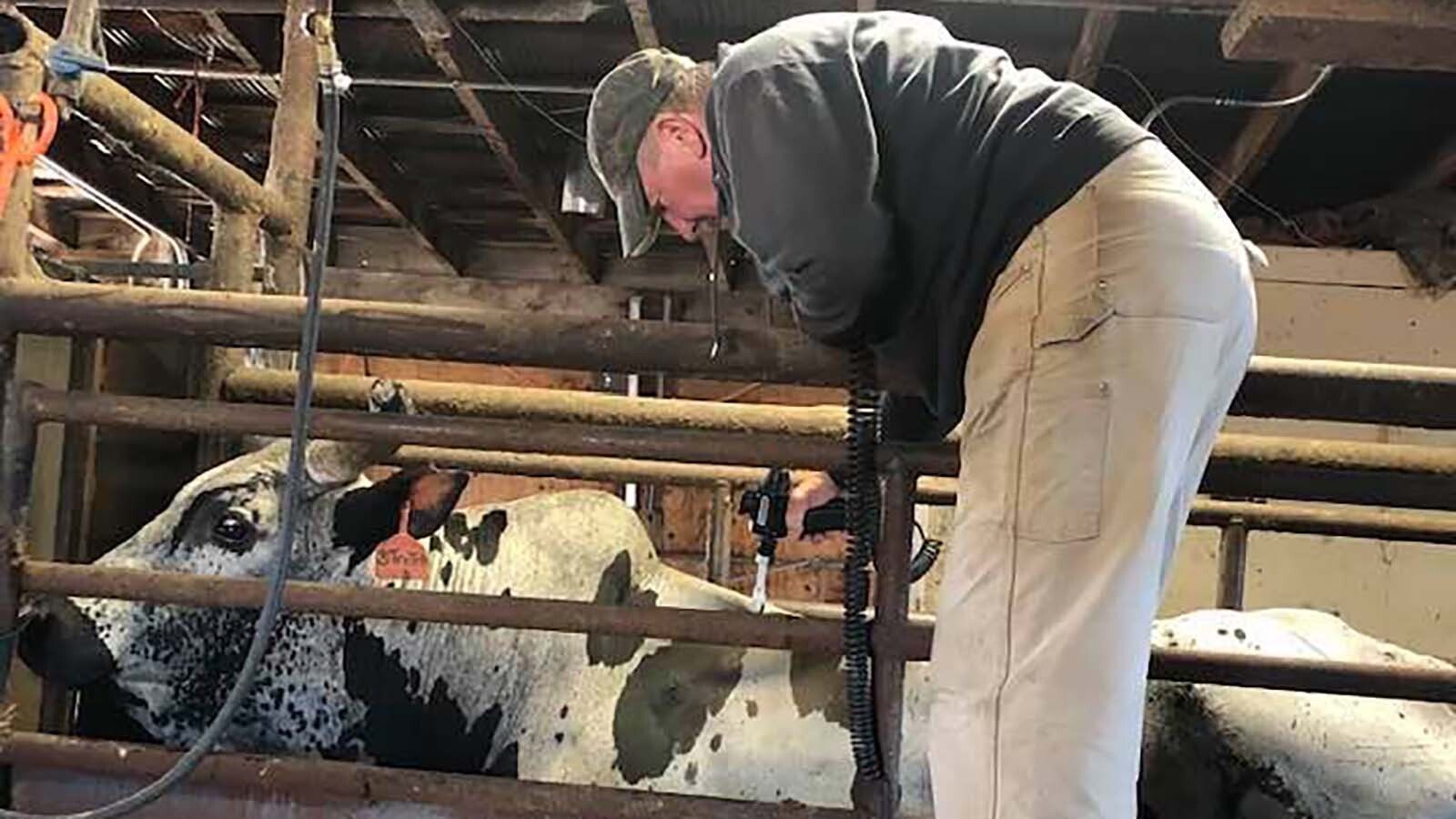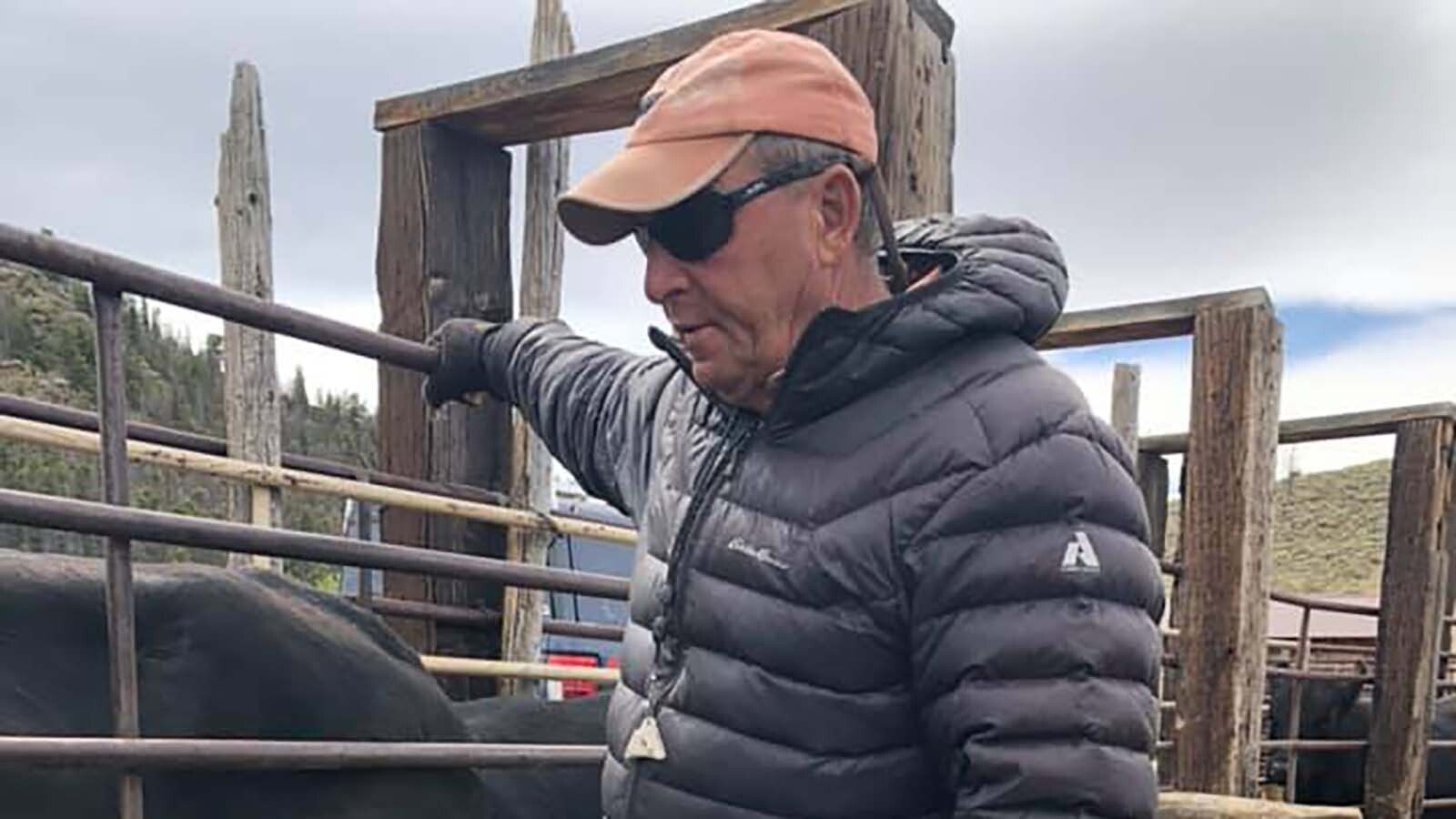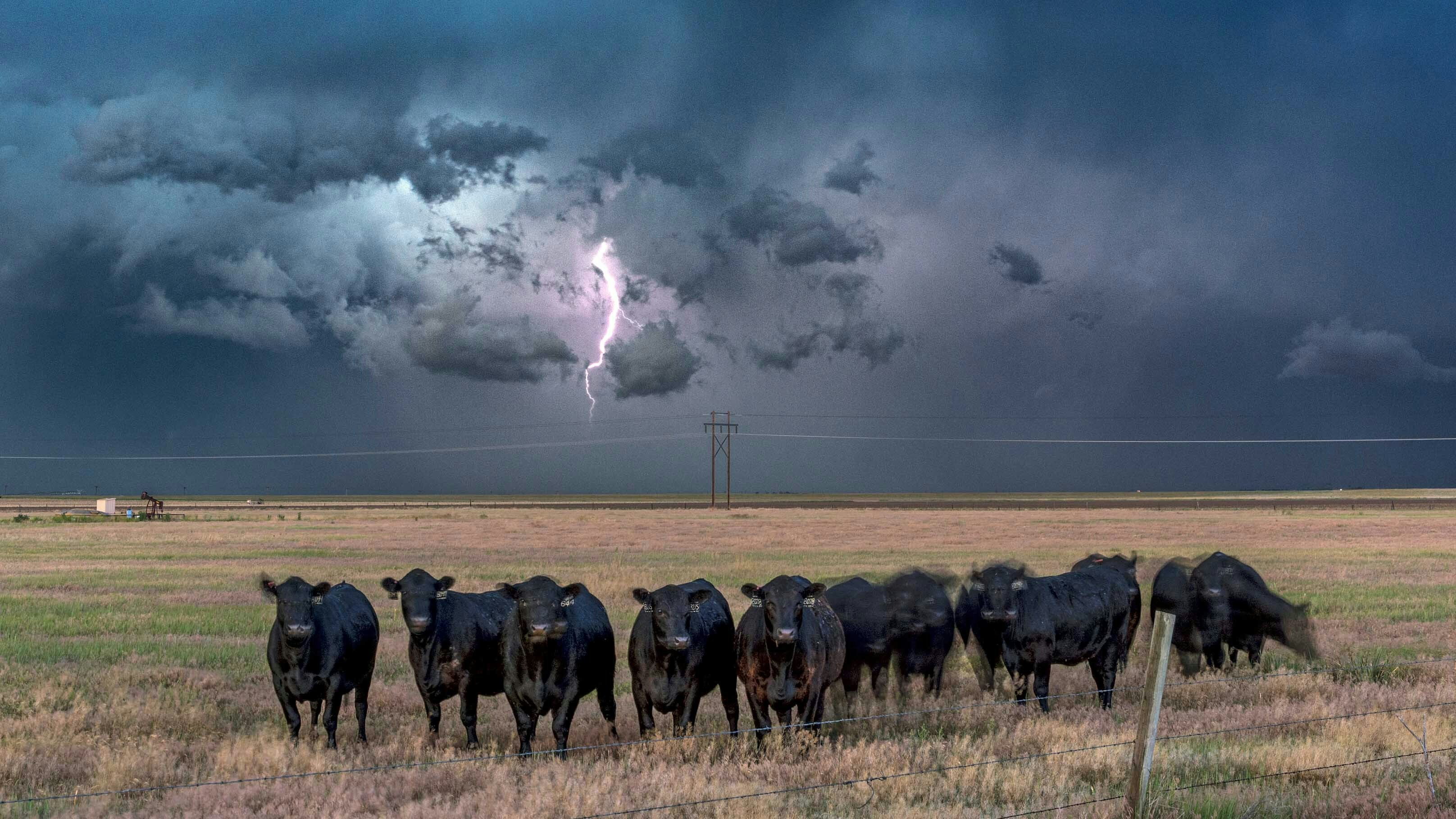Spring is fraught with dangers for Wyoming’s agriculture producers, but networking and planning can help farmers and ranchers mitigate the worst mother nature has to offer, a Wyoming Farm Bureau Federation spokesperson said.
“The biggest challenge come spring is the weather,” said Brett Moline, the Farm Bureau public affairs director. “You have to be prepared for anything, because you’ll just never know what you’ll have year to year.”
As a reminder for old hands and a guide for the new ranchers, Moline provided a list of Wyoming ag producers biggest springtime hurdles and tips on how to clear them.
Problem: Calving in a Storm
For many ranchers, Moline said spring is a time of new life and the frailty it presents.
“Spring is the typical birthing season,” he explained. “But big storms and high winds can be a pretty big problem.”
Upon exiting the womb, newborns can struggle to keep their body temperatures up if the animals don’t have proper wind breaks and shelter.
“When they get wet, they can’t get dried off and warmed up,” Moline said. “They come out of something that’s 95 to 100 degrees to something that’s 10 degrees — that’s pretty shocking, and many don’t recover.”
Solution: Break the wind
Out on the range, shelter can come in several sizes and shapes from dense shrubbery to sizable structures.
“Most ranchers will run their first calf heifers through a barn,” Moline said. “It may not be heated, but it’s out of the wind and that’s half the battle sometimes.”
In areas with dense shrubbery and tree coverage, ranchers can use the landscape to protect the young, but not all pastures are created equal.
“On the high plains around Laramie County, ranchers don’t have a lot of natural shelter,” Moline explained. “People will build wind breaks to make sure the calves have the best chance.”
Alternatively, some producers push their calving season back until around July to avoid the snow season altogether, he said.
Problem: Predators
Coyotes and wolves looking for a meal after a long winter can pose a significant threat to shepherds with lambing sheep, and in some cases, cattle as well.
“Predation will always be a problem,” Moline said. “I don’t think there is a solution that eliminates predation, but that’s not the goal. Ranchers just want to keep their predation loss down enough to allow them to still be economically sustainable.”
Coyotes cause real problems for sheep herds, especially during the lambing season. Cattle, on the other hand, present more of a problem to themselves when predators are on the prowl.
“I had a rancher tell me he didn’t think he’d ever lost a calf to a coyote,” Moline said. “But, he lost several to their mothers stepping on them when trying to defend against coyotes.”
Solution: Work with Local and State Agencies
The Wyoming Game and Fish Department, Wyoming Department of Agriculture, and county predator boards are excellent resources for dealing with predation, Moline said.
“Some county predator boards will locate the coyotes’ territory, fly over and take out some coyotes before birthing season,” he said. “For sheepmen, guard dogs are a good measure.”
Sheep dogs raised with the herd can reduce attrition caused by predation.
For cattle, the window of vulnerability is relatively small.
“Once a calf gets a few days old, a coyote isn’t going to be too much of a problem,” Moline said. “The trick is making sure they are safe those first few days.”ttps://wyagric
Problem: Balancing the Water Supply
Spring is planting season, and too much precipitation can be just as harmful as too little, Moline explained.
“It’s got to be dry enough to get a tractor in there, but you don’t want it too dry — it’s all about that balance,” he said. “If your planting is delayed, your harvest is going to be delayed, then you start worrying about snow again.”
The U.S. Department of Agriculture determined too much precipitation was the cause of a recent irrigation tunnel collapse in Goshen County, which cut water off to hundreds of farmers on thousands of acres in Wyoming and Nebraska.
Solution: Preparation and Networking
Keeping an eye on the snowpack report can help producers predict how much irrigation they’ll need, Moline said.
“Listening to the weather report is big for ag producers,” he said. “They need to figure out what works best for them. But I think that’s what makes producers such a unique community. Ranchers and farmers always look at a problem and figure out how to adapt.”
For too much water, Moline said the best a farmer can do is wait it out and hope for the sun to shine.
For too little, planning ahead and adjusting crops to suit the availability of irrigation could prevent a lot of heartache, he said.
“Work with your neighbors — networking is key,” Moline said. “Together, you can make a plan to address each situation as it comes.”

